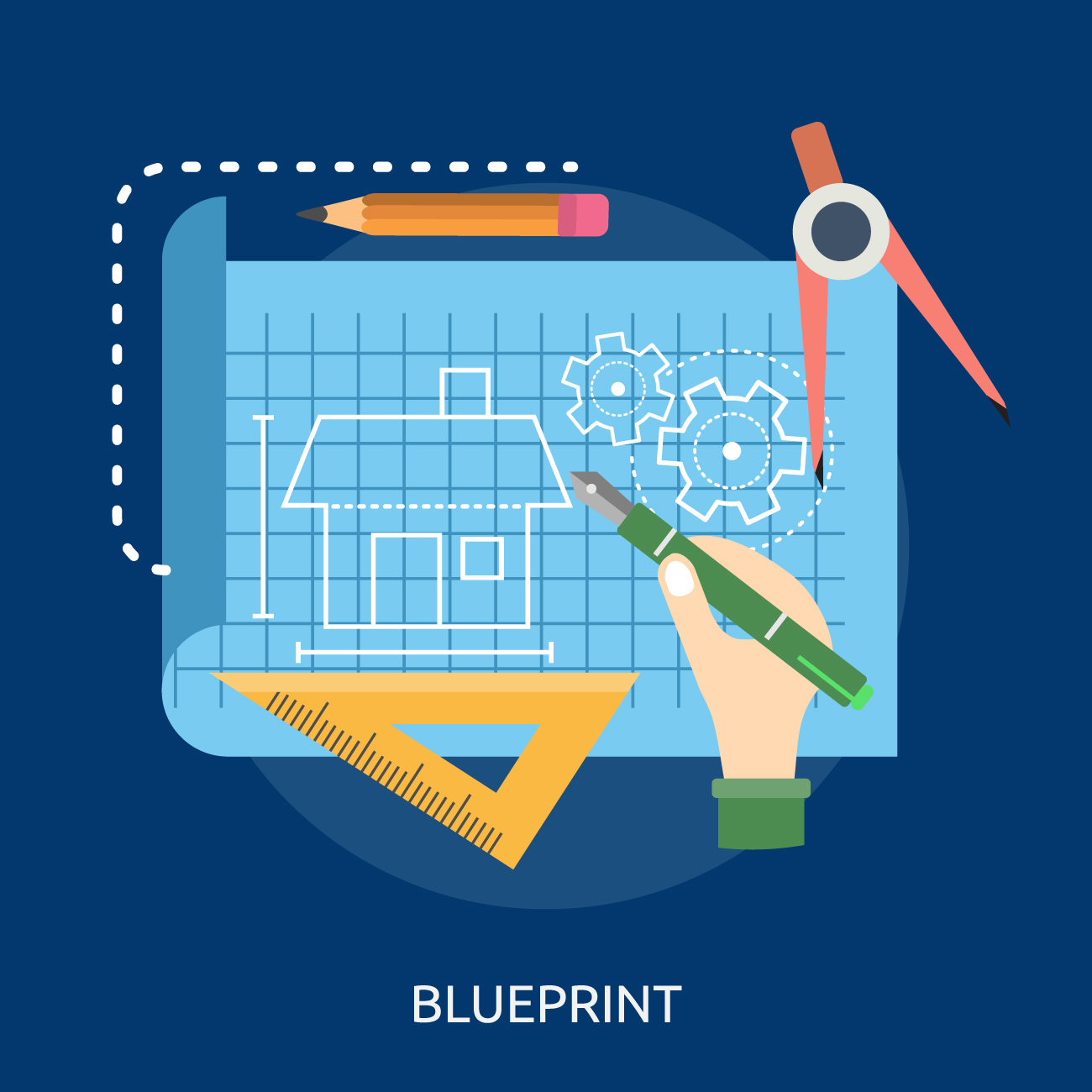Blueprints are an essential tool for any construction project, providing a visual roadmap to guide every stage of the process. The correct sizing of these documents ensures that all necessary information is presented clearly and effectively. Let’s cover the key aspects of blueprint sizing to ensure accurate and efficient planning.
Table of Contents
How Blueprint Dimensions Influence Workflow
The blueprint sizes play a key role in how easily they can be understood and utilised. Properly sized documents allow designers, engineers, and construction teams to collaborate seamlessly. The workflow may become less efficient when details are too compressed or spread across multiple sheets unnecessarily.
Large layouts provide ample space for detailed information, including measurements, structural elements, and annotations. Meanwhile, smaller formats are often ideal for sharing concepts or focusing on specific sections.
The Importance of Scale in Blueprint Interpretation
Scale is one of the most critical aspects of any design plan, as it allows viewers to understand the proportional relationships of various components. Accurate scaling ensures that every measurement and detail corresponds to real-world dimensions, making translating designs into physical structures easier.
Construction documents often include a specified scale, such as 1/4 inch equals 1 foot. This ratio simplifies the representation of large structures on smaller sheets, enabling designers and builders to communicate effectively. Understanding the importance of scale helps avoid miscalculations and ensures that all project parts align as intended.
Key Features to Look for in Blueprints
Plans contain a wealth of information that guides the construction process, but knowing what to focus on is essential. Key features include measurements, material specifications, and sectional views that provide a comprehensive understanding of the design.
Another critical feature is the title block, which often contains essential details like project name, date, and version number. Understanding these elements ensures that the document being used is the most current and accurate one. Reviewing these features before starting any construction phase helps streamline the workflow and minimises errors.
Annotations and notes are also crucial components often included in these documents. These details guide specific aspects of the design, such as installation procedures or unique material requirements. Recognizing and referencing these notes ensures that the team adheres to the intended design without overlooking critical information.
How to Read and Interpret Blueprint Symbols
Blueprints are filled with symbols that concisely convey complex information. These symbols represent everything from materials to specific construction methods. Learning how to interpret them is essential for effective communication and execution.
For example, a line with a specific pattern might indicate a boundary, while a particular shape could represent an electrical outlet. Legends are often included on these drawings to explain these symbols, helping all team members understand the plan. Becoming familiar with these notations ensures accurate implementation of the design.
Understanding line weights and shading techniques can further clarify the information presented. Thicker lines may denote structural elements, while lighter lines might represent auxiliary features. Recognising these nuances allows for a more comprehensive understanding of the plan, ensuring no detail is overlooked.
Modifying Blueprints During the Construction Process
Modifications to design plans are sometimes necessary as construction progresses, whether due to unforeseen challenges or changes in project requirements. Managing these alterations effectively ensures that the design remains functional and aligned with the project’s goals.
When making changes, it’s important to document them clearly and communicate them to all relevant parties. Updates should be reflected in all document versions to avoid confusion. Regular reviews and consultations with the design team help ensure that modifications enhance rather than disrupt the overall project.
Frequent collaboration between design teams and on-site crews also ensures that any adjustments are practical and feasible. This proactive approach minimizes delays and ensures that changes are implemented without compromising the project’s quality or safety standards.
Ensuring on-site crew safety is just as important as keeping the blueprints updated. Providing essential protective gear, such as work boots, helps reduce the risk of injuries and keeps employees safe during shifting site conditions.
Best Practices for Choosing the Right Blueprint Size
Selecting the appropriate size is more than a matter of convenience—it’s a critical step in ensuring that all details are presented effectively. Large layouts are ideal for showcasing intricate designs and technical specifications, while smaller formats are often better suited for concept sketches and meeting presentations.
Consider the audience when choosing dimensions. Engineers and field teams typically require large, detailed plans, while clients or investors may prefer more compact, simplified layouts. Additionally, durability is a factor; documents used in harsh environments should be printed on sturdy, weather-resistant materials. Following these best practices ensures that the chosen size effectively supports the project’s needs.
Another important factor to consider is portability. Smaller formats are easier to transport and distribute during meetings or site visits, whereas larger layouts may require additional handling. Balancing practicality with the need for clarity ensures that the plan serves its intended purpose efficiently.
Blueprint sizes are an integral part of accurate planning and execution in construction projects. By understanding the importance of scale, key design features, and how to interpret symbols, teams can work with greater clarity and precision. Proper modification processes and best practices for selecting dimensions further ensure that these documents are reliable guides throughout every construction phase.

Andrej Fedek is the creator and the one-person owner of two blogs: InterCool Studio and CareersMomentum. As an experienced marketer, he is driven by turning leads into customers with White Hat SEO techniques. Besides being a boss, he is a real team player with a great sense of equality.
